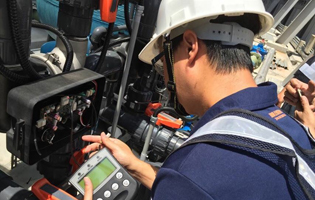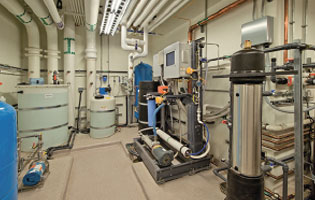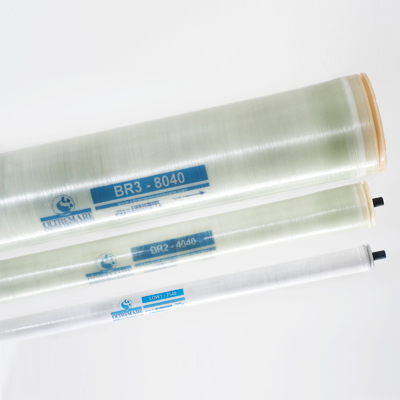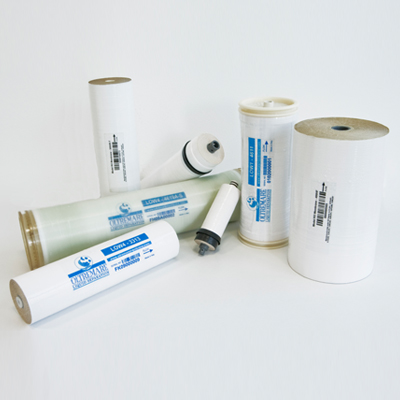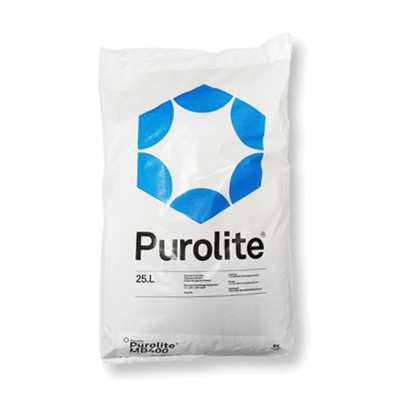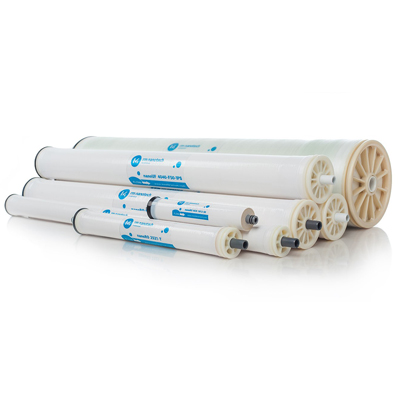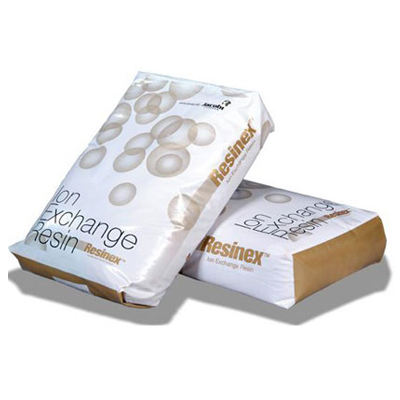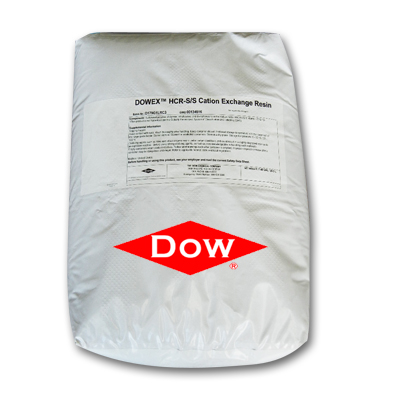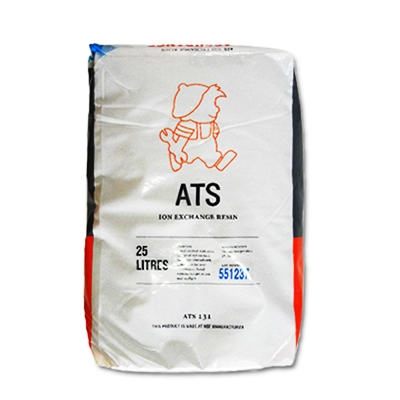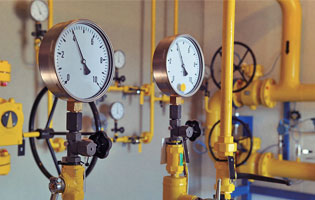PRODUCT INFORMATION
Mistakes in Resin Operation of Ion Exchange Resins II
- front page
- product
- Water Treatment Technology
- Technology Development Department
- Mistakes in Resin Operation of Ion Exchange Resins II
Product Information
- heat treatment
-
water treatment
- Arsenic remover
- Desulfurizer
- Deaerator
- Water softener (calcium and magnesium ion removal)
- Carbon filter (removes odor and residual chlorine)
- Sand filter (removal of suspended impurities)
- Iron remover (removal of iron and manganese ions)
- RO water purifier
- Pre-backwash filter
- UV ultraviolet sterilizer
- Ion exchange resin
- reverse osmosis membrane tube
- quick filter
- Various tanks for water treatment
- Various application filter media
- 美國 Clack Clark control valve
- 美國 Fleck Control Valve
- 美國 Pentair Control Valve
- 美國 Autotrol Control Valve
- Runxin Control Valve
- Injection treatment
- Technology Development Department
-
brand
- Demo brand
- US DOW
- IDEX USA
- US CLACK
- EMERSON, USA
- American PENTAIR
- SIEMENS Germany
- American PULSAFEEDER
- Denmark DANFOSS
- Thailand HAYCARB
- France SUNTEC
- UK PUROLITE
- Japanese NOP
- Japan OLYMPIA
- Japan KATSURA
- BRAHMA, Italy
- SAGINOMIYA
- HONEYWELL
- AZBIL (YAMATAKE)
- OLTREMARE
- NIPCON
- TROCHOID
- domestic
- EGO
- KATO
- LECIP
- ATS
- JACOBI
- ETATRON
- WAVE CYBER
- BOSCHINI
- NIPPON
- WL
- CASH ACME
- YAZAKI
- RUNXIN
- About | Contact

Mistakes in Resin Operation of Ion Exchange Resins II
Technical explanation
Mistakes in resin handling:
Some common operational errors leading to poor water quality, depletion of capacity, or both possible causes are described below:
1.) Bad backwash:
The function of backwashing is to remove impurities remaining in the exchanger during filtration and to expand the bed to facilitate regeneration. The rate of backwashing is too low to remove impurities from the resin bed, which may lead to the diversion of the resin bed. The exchange capacity will be reduced, and if the backwash rate is too high, the resin will be lost. If the flow rate of backwash is controlled at the inlet, the dissolved gas in the water will be released and attached to the resin particles with the pressure drop, causing the particles to flow out of the exchanger with the backwash, so the flow rate of backwash should be controlled at the outlet. place for it. Attention should be paid to the temperature difference of the backwashing water, because the temperature changes the viscosity of the water, and the difference in viscosity should be compensated by adjusting the backwashing flow rate to avoid insufficient backwashing or loss of resin. (For more details, please call or email)
2.) Defective control valve (leakage):
The leakage of the control valve for controlling the regenerant or the multi-directional control valve for separating the water to be treated and the treated water is sufficient to affect the quality of the treated water.
3.) Insufficient regeneration dose (saturated saline solution):
If the concentration of the regenerant and the contact time of the resin deviate from the preset operating conditions, the exchange capacity may be reduced. The failure of the measuring instrument or excessive dilution may lead to deviations in the concentration or dosage of the regenerant. Take the regeneration effluent for the specific gravity test. It is usually possible to verify that the regeneration dose is correct.
4.) Inappropriate traffic:
If the feed flow exceeds the set value, the function of the ion exchange resin cannot be fully exerted, and the quality of the treated water will be reduced accordingly, especially for weak acid or weak base ion resins.
5.) Blockage of upper and lower filters:
The blockage of the upper and lower filter screens can cause uneven distribution of the water to be treated in the ion exchange bed and the formation of isolation bags, resulting in reduced contact between the water to be treated and the resin and thus lower quality.
6.) Suspended substances in the water to be treated:
Due to the filtering function of the ion exchange resin, the suspended substances in the water to be treated can be filtered out, and the fouling of the resin may cause diversion, which will lead to premature collapse and reduce the exchange capacity. For this problem, the water to be treated can be filtered first or the operation can be shortened. Circulate and remove the fouling with a backwash.
7.) Contaminated regenerant (salt solution):
Contaminated regenerant (salt liquor) can cause fouling of the resin bed and cause diversion. Such as: heavy metal (iron) contamination of salt and saturated salt solution is the best example.

